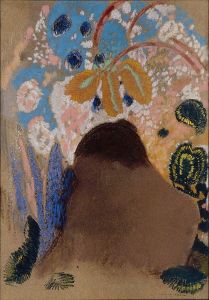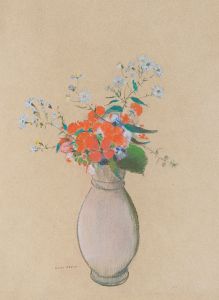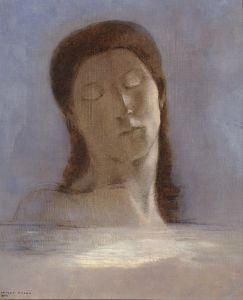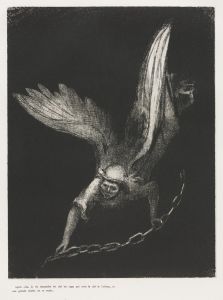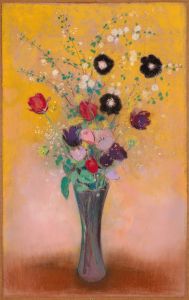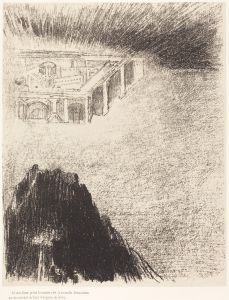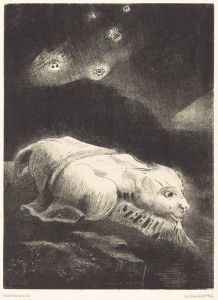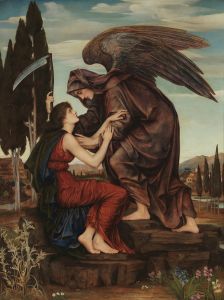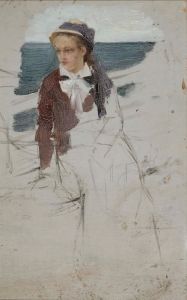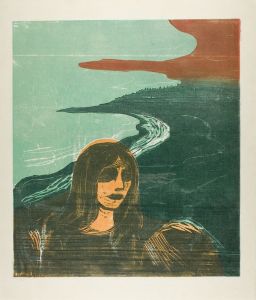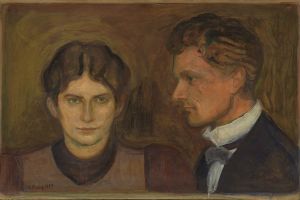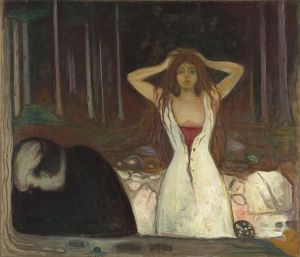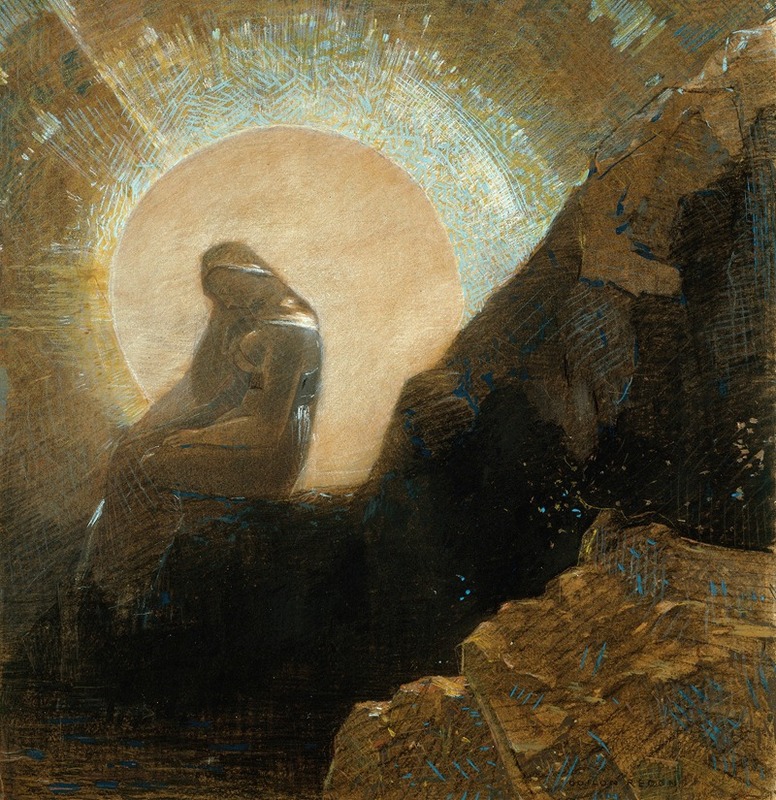
Melancholy
A hand-painted replica of Odilon Redon’s masterpiece Melancholy, meticulously crafted by professional artists to capture the true essence of the original. Each piece is created with museum-quality canvas and rare mineral pigments, carefully painted by experienced artists with delicate brushstrokes and rich, layered colors to perfectly recreate the texture of the original artwork. Unlike machine-printed reproductions, this hand-painted version brings the painting to life, infused with the artist’s emotions and skill in every stroke. Whether for personal collection or home decoration, it instantly elevates the artistic atmosphere of any space.
Odilon Redon was a French symbolist painter, printmaker, draughtsman, and pastellist, born on April 20, 1840, in Bordeaux, France. He is best known for his works that explore the world of dreams, imagination, and the subconscious. Redon's art is characterized by its use of fantastical imagery and a distinctive color palette, often evoking a sense of mystery and introspection.
"Melancholy" is one of Redon's notable works, though specific details about this particular piece are not as widely documented as some of his other creations. Redon's oeuvre often includes themes of melancholy, introspection, and the exploration of the human psyche, which are consistent with the symbolist movement's focus on expressing emotional experiences and the inner workings of the mind.
Redon's artistic journey began with an interest in architecture, but he soon shifted his focus to painting and drawing. He studied under Jean-Léon Gérôme and later worked in the studio of Rodolphe Bresdin, who influenced Redon's early work with his intricate and fantastical prints. Redon initially gained recognition for his charcoal drawings and lithographs, known as "noirs," which depicted dreamlike and often unsettling imagery.
Throughout his career, Redon's work evolved from these monochromatic pieces to vibrant pastels and oils, reflecting a shift in his artistic expression. This transition is evident in his use of color and light, which became more prominent in his later works. Redon's art often features ethereal figures, mythical creatures, and symbolic motifs, inviting viewers to delve into a world of imagination and emotion.
The symbolist movement, of which Redon was a key figure, emerged in the late 19th century as a reaction against the realism and naturalism that dominated the art world at the time. Symbolists sought to express the intangible aspects of human experience, such as emotions, dreams, and spirituality, through symbolic and metaphorical imagery. Redon's work embodies these principles, offering a glimpse into the depths of the human soul.
While specific information about "Melancholy" is limited, it is likely that the piece reflects Redon's fascination with the emotional and psychological aspects of human existence. His art often invites viewers to explore their own feelings and thoughts, encouraging a personal and introspective experience.
Redon's influence extends beyond the symbolist movement, impacting later artists and movements, including the surrealists, who admired his ability to capture the dreamlike and the fantastical. His work continues to be celebrated for its unique blend of imagination, emotion, and symbolism, making him a significant figure in the history of art.
Odilon Redon passed away on July 6, 1916, in Paris, leaving behind a legacy of art that continues to inspire and captivate audiences worldwide. His exploration of the human psyche and the world of dreams remains a testament to his innovative spirit and artistic vision.





